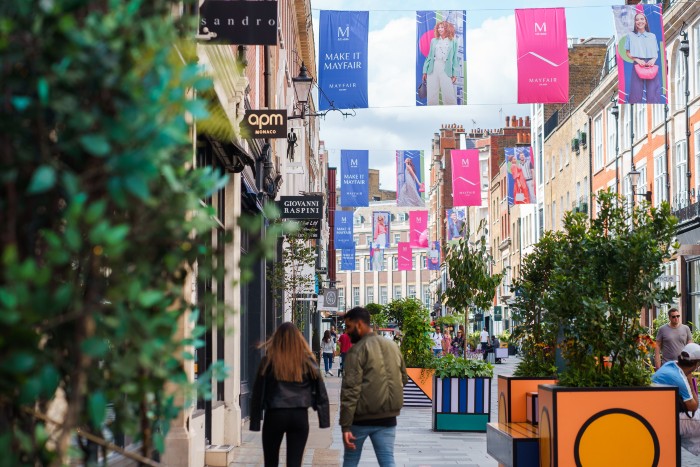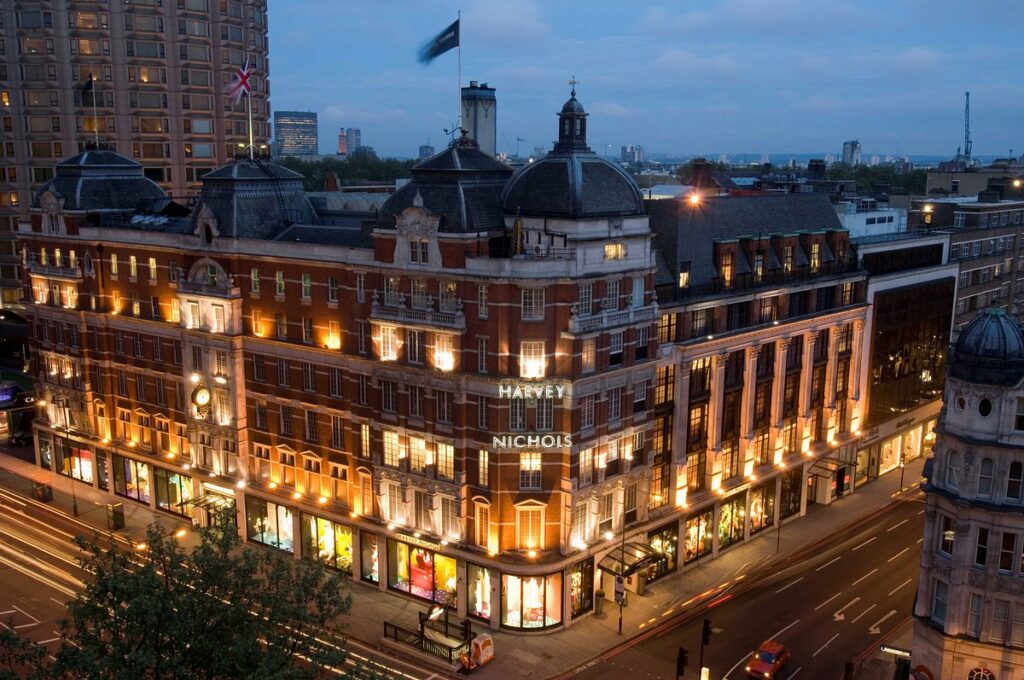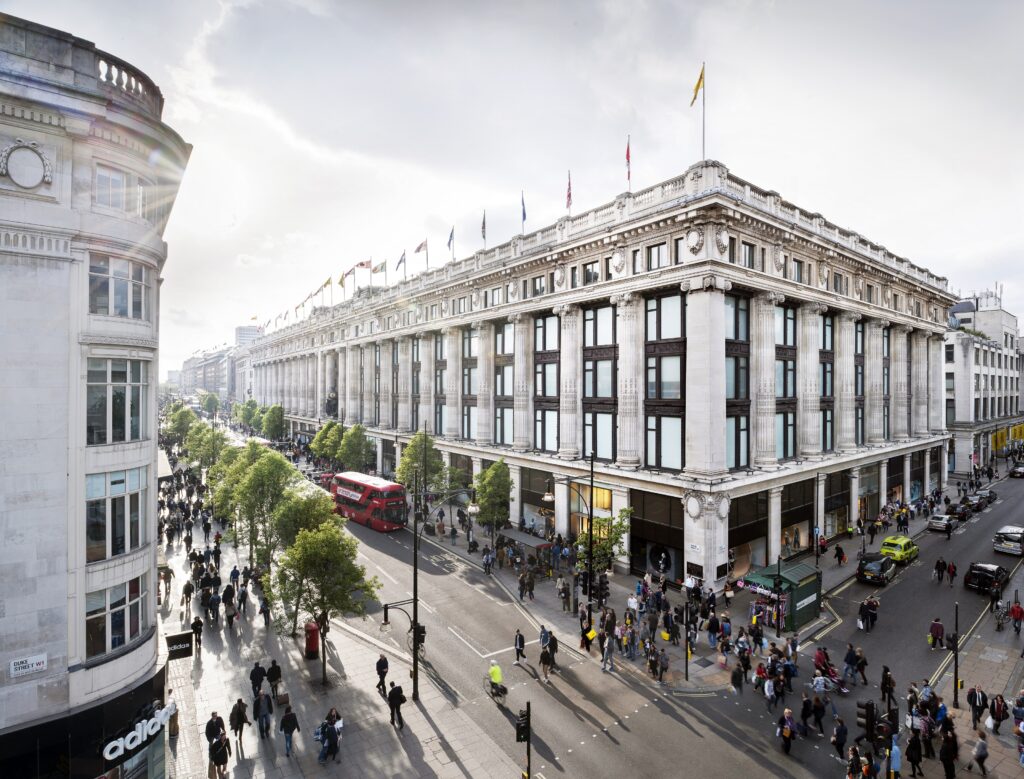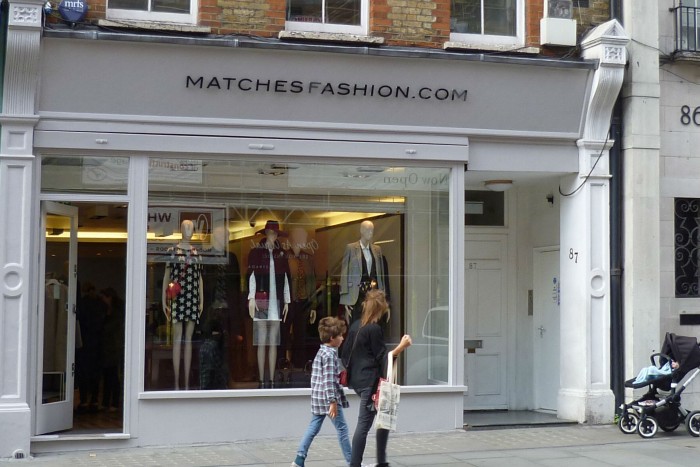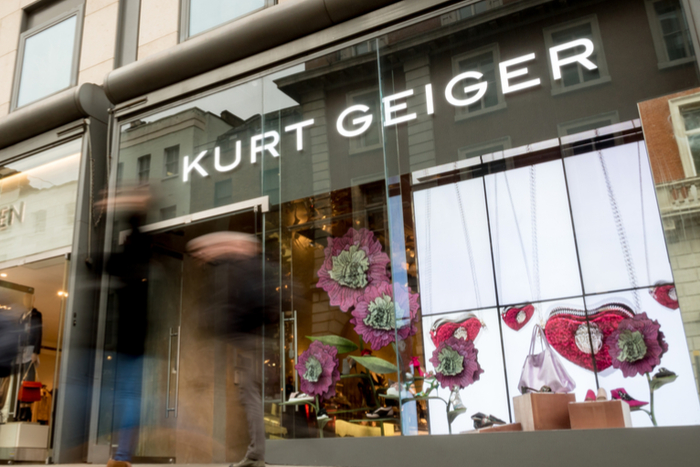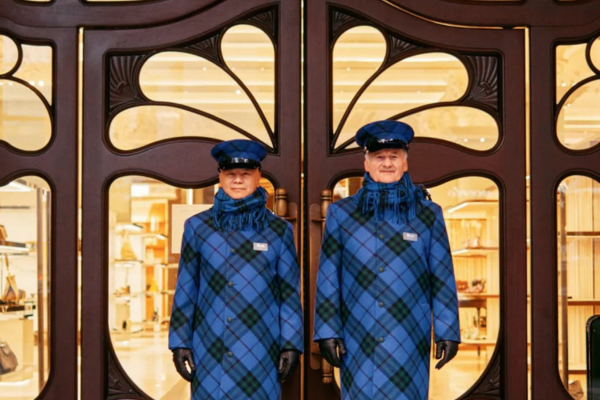At the heart of London’s Mayfair lies Grosvenor Square, which has a rich history that can be traced back to 1726.
Grosvenor’s oldest and best-known asset is its London estate, 300 acres in Mayfair and Belgravia.
Belgravia and Mayfair now have a global luxury reputation, reflecting their position for centuries as being amongst the most desirable residential quarters of London.
Grosvenor’s core asset is the London estate, first developed in the early 18th century and still actively managed today.
Joanna Lea serves as Grosvenor’s retail director and oversees the London estate’s retail strategy and ongoing leasing activity for the portfolio.
She works with existing occupiers, bringing new retailers and operators to the estate.
“We want to make our estate animated and busy,” Lea told Retail Gazette.
The district has 430 retail units, of which 66 per cent are independent retailers.

The nearby Mount Street has 22 retailers that have marked their first entry in the UK, as well as it being their only UK store.
Grosvenor boasts a vacancy rate of one per cent. The Covid-19 pandemic led to just three units becoming available last year.
“We have worked unbelievably hard as a team to ensure streets are presenting well,” Lea said.
“If our retailers are successful, we are successful.
“Through lockdown, everyone has worked better together. It has brought everyone together and we’re stronger together now.”
Lea admitted that Covid has hugely impacted retail in the area but assured that footfall has recovered since the peak of the pandemic.
Covid has highlighted the importance of bricks-and-mortar stores as well as where they now choose to launch shops, according to Lea.
“During Covid, we very much saw a real push for some retailers to be in more neighbourhood locations rather than city centre locations,” Lea said.
“We weren’t sure whether that was going to stay, or whether it was just a Covid trend.
“It’s still a question marks as to where brands are looking to be located and what their strategies are post-Covid. That ‘where and what’ decision is challenging.”

Lea also acknowledged the “overriding challenge around business rates” and said that until the business rates are resolved, it will continue to be “a thundercloud just hovering over everybody’s heads”.
“It is having an impact on retail and is going to have a greater impact moving forward,” she warned.
“We need clarity around that.”
Furthermore, the lack of international tourism has led to an inevitable decline in sales for many retailers.
Lea argued that tourism is “fundamental” to the West End as a third of shoppers in the area are tourists.
Since international travel was restricted during lockdown, Grosvenor depended on domestic tourism to drive sales.
“Customer service is absolutely key, whether it’s luxury or not. People still want to visit bricks-and-mortar stores because they want to see and feel products,” Lea said.
“That service element is paramount. Our retailers have been preparing for a return in travel and many have learnt how to deal with Chinese customers for example, and the different ways they pay. They don’t necessarily use the same transaction payments that we use here.”
Lea also said that Grosvenor is witnessing a lot more energy and willingness from retailers to work together and create a community feel.
“We want Mayfair & Belgravia to be more active, more open and more integrated, with better streets, greener spaces and enterprising places for communities that are physically and digitally connected – appealing to the many, not just the few,” she said.
Grosvenor’s strategy is to improve the experience of living and working in its locations. It has a long history of investing in and maintaining public spaces.
The company has brought in more biodiversity to the area, but Grosvenor Square is not fully funded yet – although Lea said there are plans to start.
The district has also seen extended seating in an effort to make it more customer friendly. More plants and greenery have also been added.
Furthermore, Lea remains adamant that bricks-and-mortar retailers don’t feel at threat from the rise of online shopping because online has had to become much more integrated into a retailer’s business.
“The retailers that have been really successful have been the ones that have had very strong online presence,” Lea explained.
“So, Covid has accelerated that. A street isn’t just made up of shoes and handbags and clothes, it’s made up of beauty, athleisure, and homewares.
“Online isn’t necessarily a threat, it should be seen as an opportunity.”
Considering that the district has just a one per cent vacancy rate, the high street continues to face retail vacancies despite the easing of Covid-19 restrictions.
Lea said that taking on a new store is always a risk, but she feels fortunate that Grosvenor occupies “some of the best retail real estate in the world.
Click here to sign up to Retail Gazette’s free daily email newsletter

